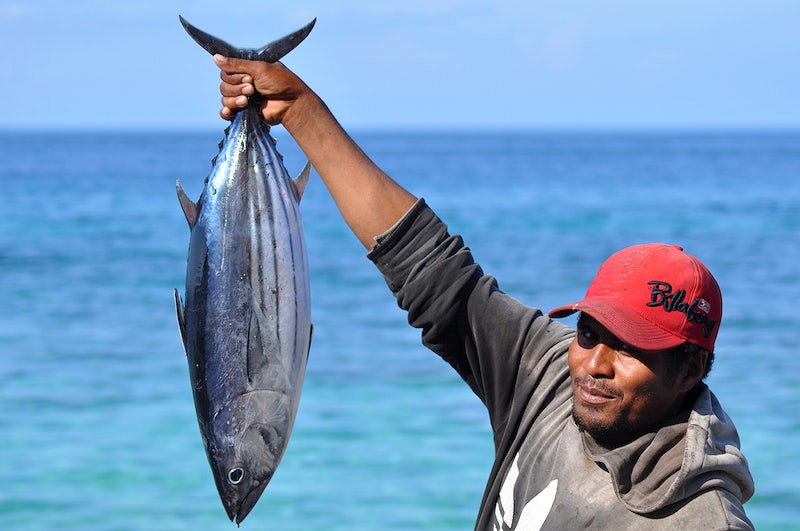14 août 2023


Author——————————-
David Gershman
Officer, International Fisheries
✉️
Pacific fishery managers just received a dose of good news: The management procedure for skipjack tuna – the largest tuna fishery in the world – was run for the first time and works as expected.
This should comfort the Western and Central Pacific Fisheries Commission (WCPFC), which still needs to agree that it will implement the output of the management procedure.
The harvest strategy approach to managing fisheries reduces uncertainty by creating pre-agreed rules to adjust fishing levels that account for variability in the natural system and errors in the way rules are implemented. Scientists, industry representatives and managers around the Pacific have described how management procedures, also called harvest strategies, can contribute to an abundant and sustainable future for the region’s fisheries. Click here to watch a short video describing the benefits of the harvest strategy approach for the region.
But, as with anything new, a certain level of anxiety might be expected. When the WCPFC crossed a milestone last year by adopting a management procedure for skipjack tuna on an interim basis, it purposely stopped short of establishing a direct link between the output of the management procedure and the setting of effort and catch in the skipjack purse seine and pole and line fisheries. Some managers said they needed more time to get comfortable with the concept. But without that link, some of the chief benefits of a management procedure will go unrealized, including the predictability and transparency in the setting of catches.
Now, WCPFC scientists have run the management procedure for the first time. In a paper to the WCFPC Scientific Committee, which begins its annual meeting August 16, they are reporting that all of the components of the management procedure worked just fine. There were no surprises either in the technical aspect of running the procedure, nor in its output.
Because the assessment element of the management procedure found that current skipjack stock status is within the recent range (that is, at 42 percent of unfished levels), the management procedure sets fishing conditions at ‘status quo’ levels. This is welcome news since it fulfills one of the key objectives of the management procedure.
Although the scientists suggested several pieces of work to continue improving the management procedure for the WCPFC Scientific Committee to consider, it’s important that the Scientific Committee sends a clear recommendation that managers should implement the output of the management procedure in 2024 without delay.
It’s critical the Commission demonstrates its leadership at its annual meeting in December by creating that automatic link between the output of the management procedure and the setting of catch and effort in the skipjack fishery. The Commission is already scheduled to renegotiate its tropical tuna measure. That negotiation offers the perfect opportunity to insert language into the measure (CMM 2021-01) to automatically implement the management procedure, effective January 1, 2024.